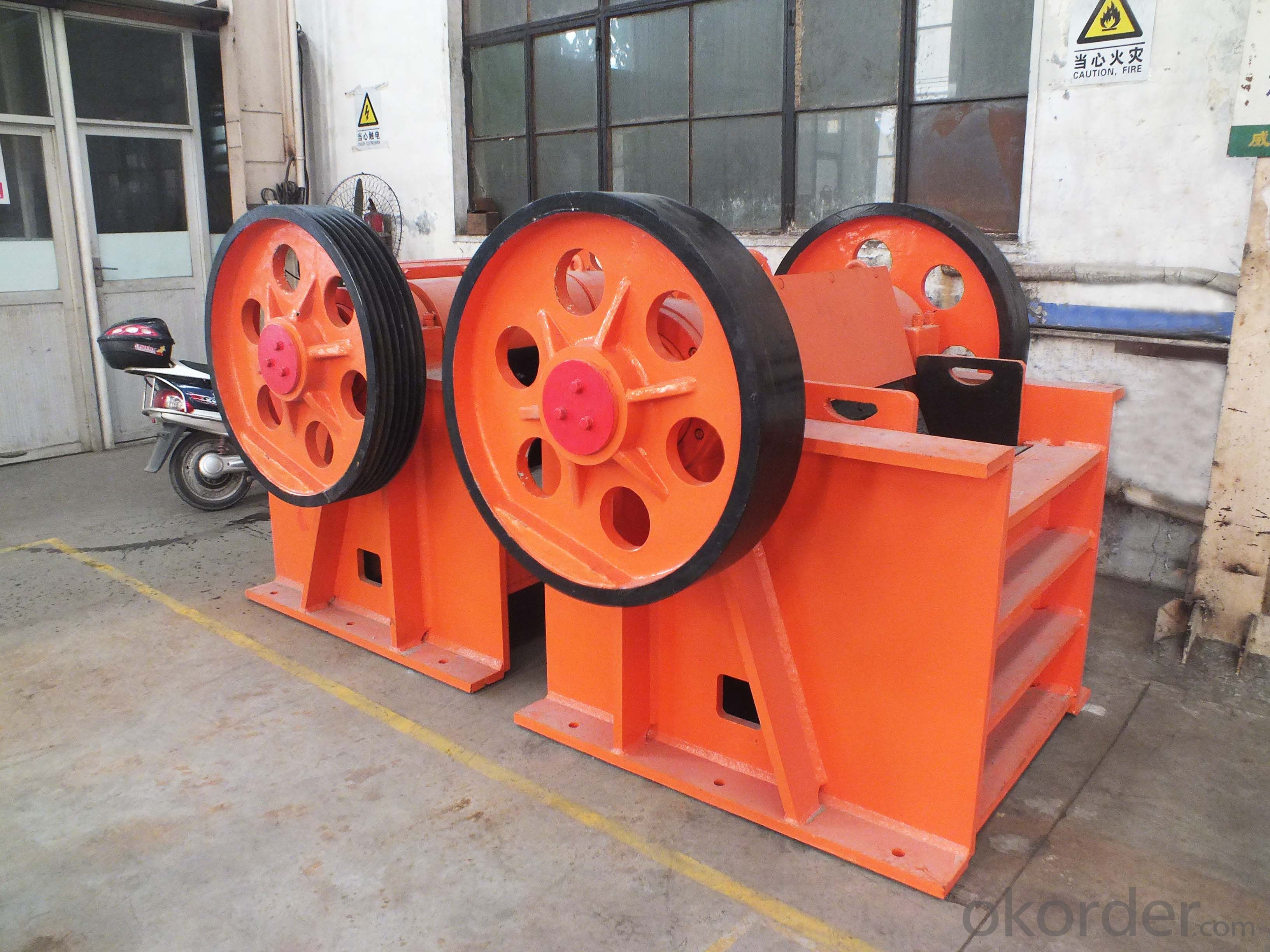

These abilities are 2 of the same single ability. The unit will run on either +/-12 volts or +/-15 volts.These are all of the possible ability combinations. It is a good idea to use metal film resistors to help keep the noise floor low. LM3403 can be used for comparable performance, or something like TL074 can be substituted. A 741 can be used for the op-amps in the mixers as per the original design, or a more modern op-amp such as the TL071 can be substituted.įor the phaser itself, standard footprint op-amps have been used instead of the original RC4136. This is one of those designs where it is possible to experiment with the choice of op-amp used, both in the mixer and the phaser itself. Click here for an enlarged, printable version. The component overlay for the VER1.0 PCB.

Standard footprint op-amps have been used instead of the original RC4136. Feedback experiments require the use of AC coupled mixers such as these to prevent any op-amp offset cascading and driving the unit into distortion. The two MIX mixers provided on the PCB are to allow you to experiment with mixing the signals, both straight and inverted (these mixers are inverting mixers), as well as experimenting with feedback by mixing the signal to be processed with the phase shifted outputs before feeding it into the input of the phaser itself. The MIX output does this onboard with the 1080 degree output. They must be mixed with the incoming signal for this to occur. Note that the raw 360 degree, 720 degree, and 1080 degree do not provide the classic phasing sound. There are two of these mixers on the PCB. A 741 can be used for the op-amp as per the original design, or a more modern op-amp such as the TL071 can be substituted. It is inverting, and AC coupled, meaning it is for audio use only. The mixer presented here is derived from the original R2 mixer, with some concession to later designs. A two-inch version of the Mixer is available for high density systems. This module can alsoīe used in combination with other mixers, VCA modules and output modules to provide various mixing functions. This module can be used as two audio mixers with three variable inputs, or as one mixer with six variable inputs. The main output of one section can be connected to the unity gain input of the other section to create larger mixing units. Three inputs have level control potentiometers and one input is a unity gain (non-attenuated) input.
POWER STONE 2 MIXING GUIDE MANUAL
Each section is a four-in/one-out manual mixer. a 2'' DUAL PHASER (2PHA) is available.įrom an early catalog: The Serge MIXER (MIX) is two independent mixers. Precisely centered sweeps of phase shift for both spatial effects and timbral modification. The VC Phaser's log-conforming characteristics and the manual and voltage controls enable ultra-smooth, A MIX output combines the 1080 degree phase shift with the input signal to produce the multiple notch filter effect that is usually associated with phase shifters. As an aid to recreating some of the subtle properties of phase delay in acoustic sounds, three separate outputs are provided with 360 degree, 720 degree, and 1080 degree of voltage controllable phase shift. This module is a variation on the classic Serge Phaser module.įrom the 1982 catalog: The VC Phaser (PHA) is perhaps the lowest noise and lowest distortion phase shifter available today.


 0 kommentar(er)
0 kommentar(er)
